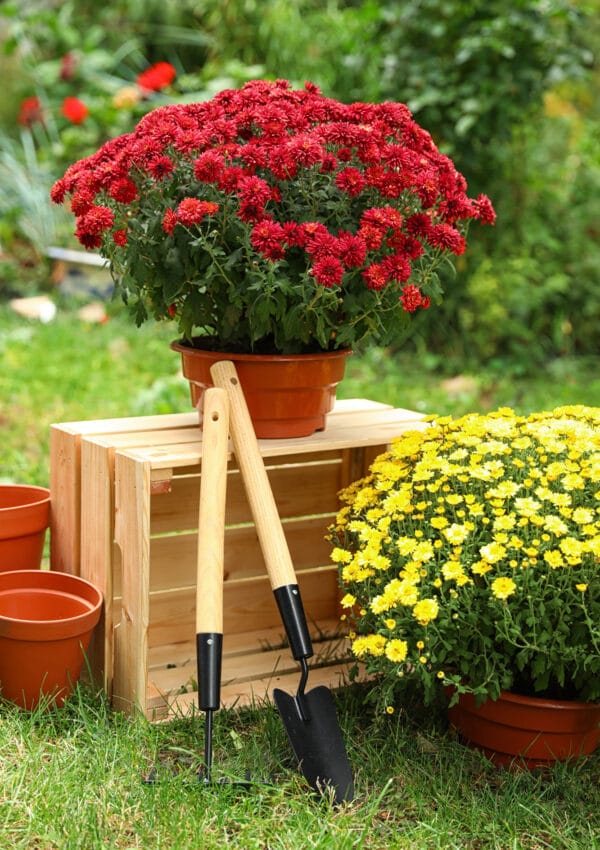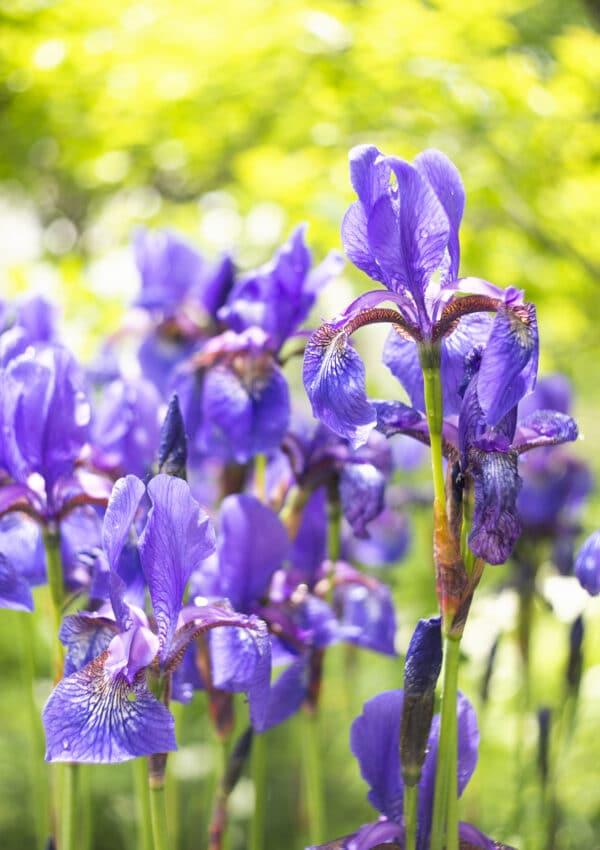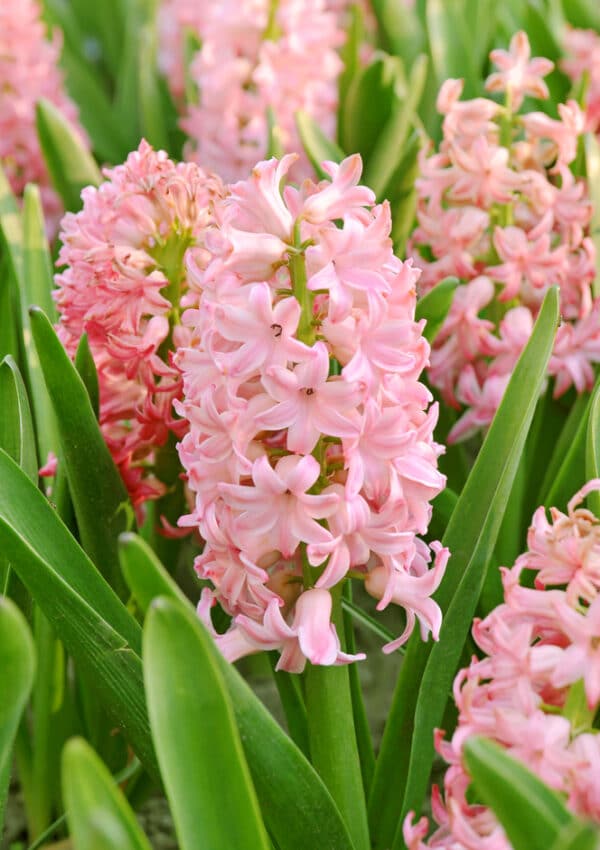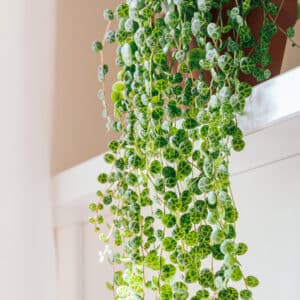Are you having trouble keeping your perennials healthy and thriving? Proper watering is one of the most important factors in maintaining their health. However, the watering frequency depends on several factors, such as the plant type, soil type, drainage capacity, and weather conditions.
Different perennials have varying water needs. Lavender and rosemary, for instance, can tolerate drought and require less frequent watering, while astilbe and hosta prefer consistently moist soil.
Soil type and drainage capacity can also influence watering frequency. Sandy soil doesn’t retain moisture for long, while clay soil can stay waterlogged for quite some time.
Lastly, weather conditions such as precipitation, sun or overcast skies, and temperature can affect watering frequency.
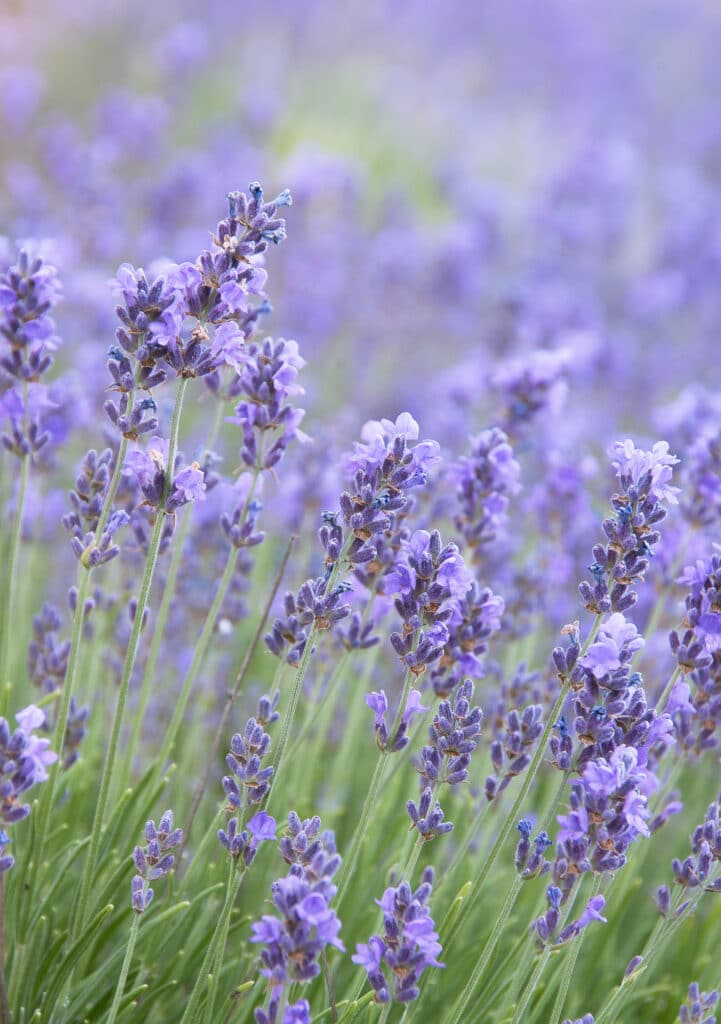
Understanding Perennials
If you’re new to gardening, you may be curious about perennials and their popularity. Simply put, perennials are plants that return year after year. Unlike annuals, perennials return to the garden for many years with proper care.
Perennials offer gardeners so much variety. You can use them to build any garden design you can think of! Use them in garden borders, as ground covers, containers, and more!
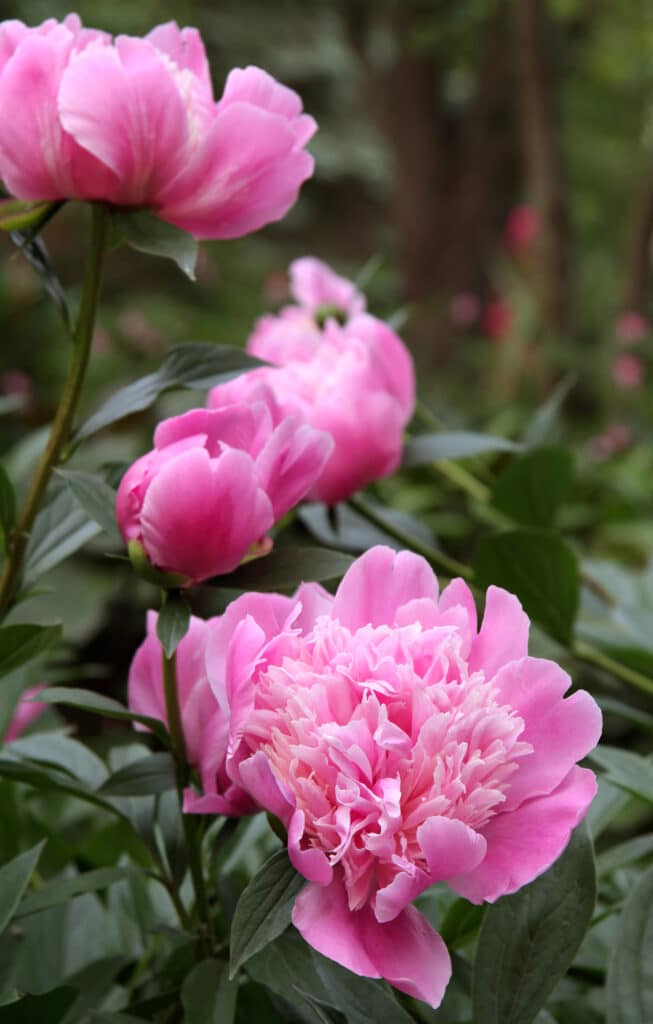
One of the benefits of growing perennials is that they require less maintenance than annuals. Once established, they need less watering, fertilizing, and pruning than many other types of plants.
However, it’s important to note that perennials have different watering needs.
Some perennials prefer moist soil, while others prefer drier soil. Some perennials can tolerate drought, while others require regular watering.
Researching the specific needs of the perennials you’re growing is important to ensure they thrive in your garden.
To determine how often you should water your perennials, consider soil type, amount of sunlight, and climate in your area. Keep an eye on your plants and feel the soil.
Does it feel dry an inch or two deep?
A good rule of thumb is to water deeply and generously. This way, you won’t need to keep watering so frequently.
This is a great way to build strong root systems, especially in young plants.
Deep watering means that water can penetrate deep into the soil, encouraging strong root growth.
It also helps prevent shallow root growth, making plants more susceptible to drought, especially in areas with frequent heat waves.
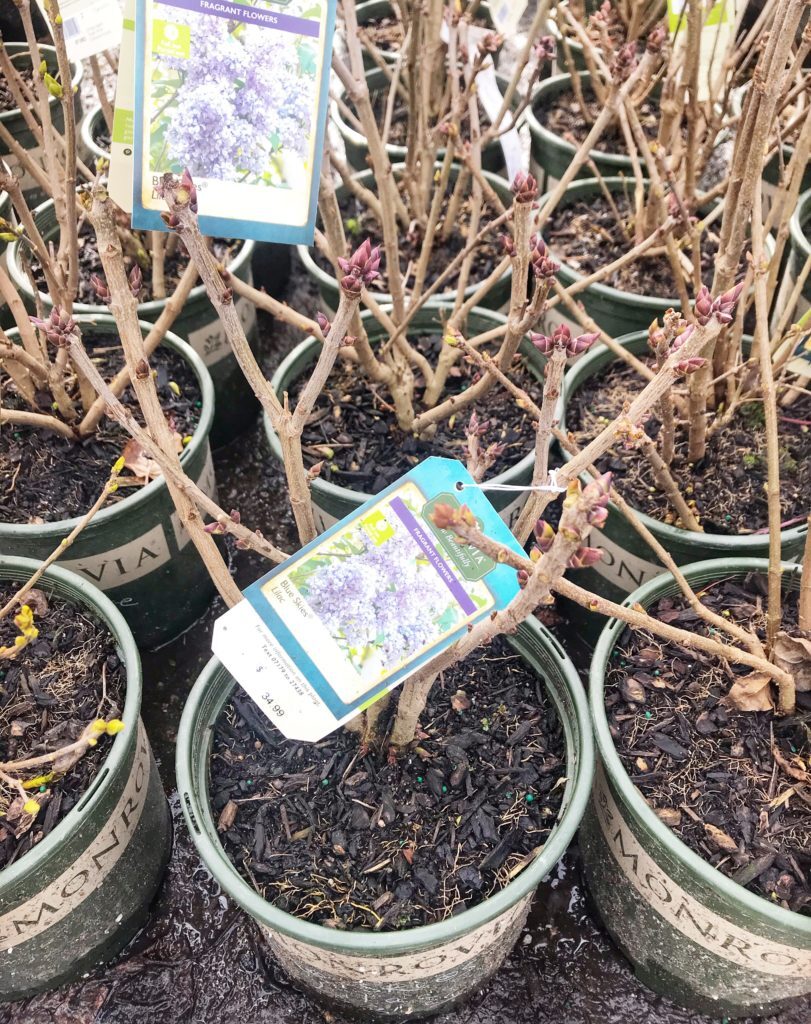
Watering Needs of Perennials
Importance of Watering
Aside from proper planting and soil, watering is the most important part of keeping your perennials healthy.
Proper watering is essential for the plants to grow robust and healthy and helps prevent diseases caused by under or over-watering.
You must water your perennials regularly, especially during the first growing season when you first purchase your plants, as this helps the roots establish themselves and grow deeply into the soil.
Factors Affecting Watering Frequency
Several factors influence how often you should water your perennials. These include:
- Soil type: The type of soil you have affects how much water it can hold. Sandy soil drains quickly and requires more frequent watering, while clay soil retains moisture longer and requires less frequent watering.
- Weather: Hot and dry weather increases evaporation and quickly dries out the soil. You should water your perennials more frequently during hot and dry weather.
- Plant species: Different perennials have different water requirements. Some plants, such as Ligularia, indicate they need water by drooping, while others may not show any signs of stress until it’s too late.
- Plant size: Larger plants need more water than smaller ones. Be mindful of the size of your plants.
- Container vs. in-ground: Plants in containers dry out faster than those planted in the ground. You should water container plants more frequently to prevent them from drying out.
To determine when to water your perennials, check the soil moisture regularly.
You can use a soil moisture meter!
Stick in the meter bout 3 to 4 inches deep, where the roots are, to see if the soil is moist or dry. If it’s dry, it’s time to water your plants.
Water your perennials deeply so the water reaches the roots. Water the soil – not the leaves. This will help prevent fungal diseases like powdery mildew.
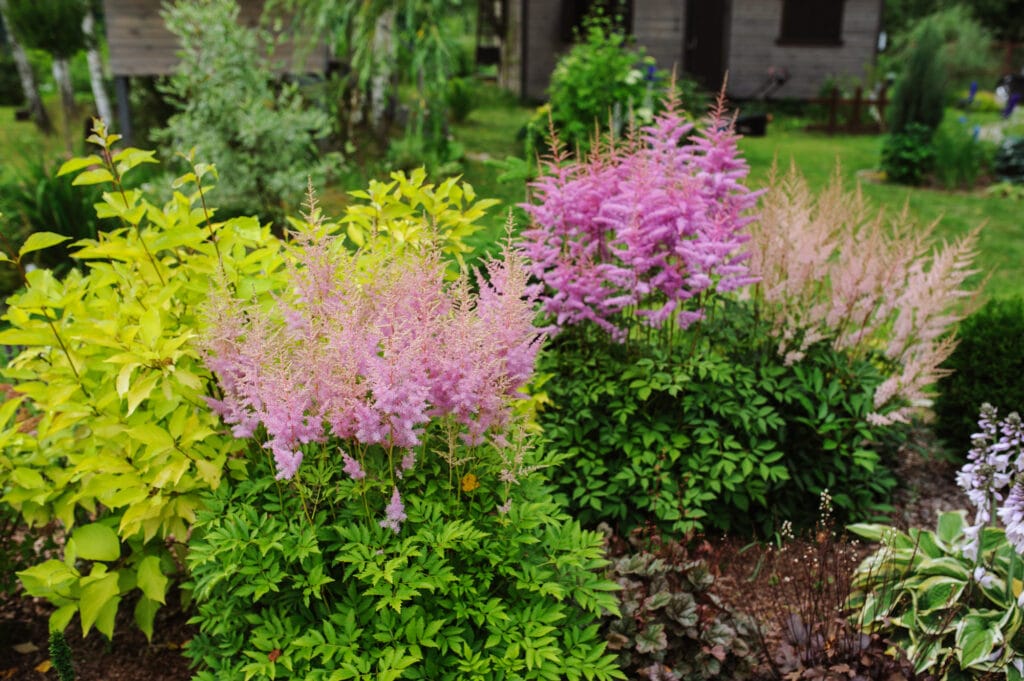
How to Water Perennials
Perennials are a great addition to your garden as they are beautiful and require less maintenance. However, it can be challenging to determine how often to water them.
This section will discuss the best time to water perennials and some watering techniques that will help your plants flourish.
Best Time to Water
The ideal time to water perennials is in the morning, between 6 am and 10 am. This will enable the plants to absorb the required amount of water before the sun becomes too hot.
If you water them in the afternoon, the water will evaporate too quickly, and if you water them in the evening, they will be wet overnight, which can result in fungal diseases.
Watering Techniques
When watering perennials, it’s important to water deeply and thoroughly. This means watering the soil around the plant, not just the leaves.
A good rule of thumb is to water until the soil is moist to a depth of 6 inches. You can check this using a trowel or shovel to dig down the soil.
Another technique to help your perennials thrive is watering them slowly via a drip irrigation system or soaker hose.
It is important to water perennials regularly, but it is equally important to avoid overwatering them, which could lead to root rot and other problems.
Generally, most perennials require watering once a week, but the frequency may vary based on climate, soil type, and other conditions.
Check your soil every few days and adjust your watering schedule as necessary.
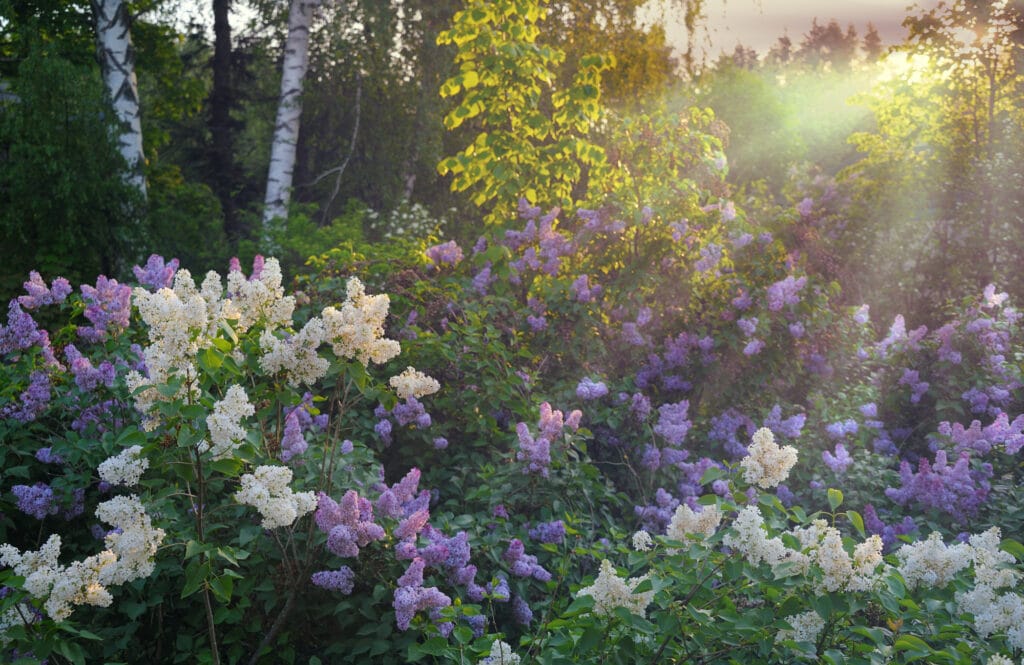
Common Mistakes When Watering Perennials
When it comes to watering perennials, it’s easy to make mistakes. Here are two common mistakes to avoid:
Overwatering
Overwatering is a common mistake with perennials. When you overwater, the soil becomes waterlogged, and the roots can’t breathe.
This leads to root rot fungal diseases.
To avoid overwatering, ensure you’re not watering your perennials too frequently.
Most perennials only need to be watered once a week, depending on your hardiness zone and type of plant. Remember only to water your plants when the first few inches of soil feel dry.
Underwatering
Underwatering can also harm your perennials. When you underwater plants, the soil becomes too dry, and the roots can’t absorb the nutrients they need. This can lead to stunted growth and even death.
To avoid underwatering, make sure you’re watering your perennials regularly. Most perennials need at least 1 inch of water per week, but this can vary depending on the climate and the type of plant.
You can also check the soil moisture level by sticking your finger into the soil. If the soil is dry to a depth of 1-2 inches, it’s time to water.
By avoiding these common mistakes, you can help your perennials thrive and enjoy a beautiful garden all season long.
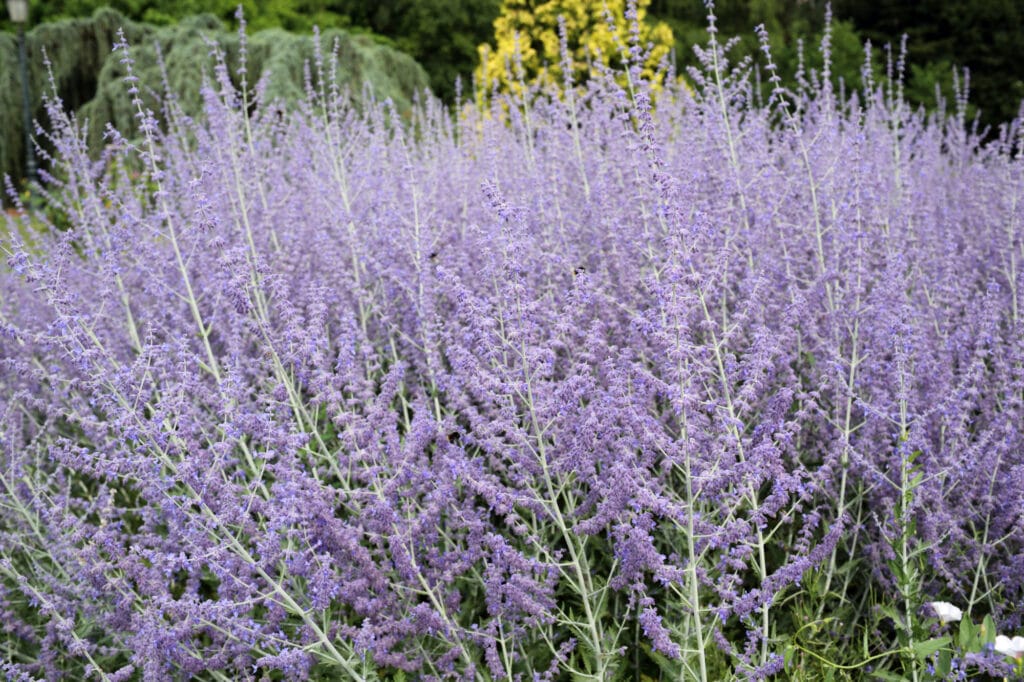
Special Watering Considerations
Seasonal Variations
The watering needs of perennials vary depending on the season. During the hot summer months, perennials require more frequent watering.
This is especially true for newly planted perennials that have not yet established their root system. Generally, perennials need about an inch of water per week to be healthy.
In the winter, the watering needs of perennials decrease. This is because the cooler temperatures and shorter days slow down the growth rate of the plants.
Different Types of Perennials
Different types of perennials have different watering needs. For example, perennials from arid habitats benefit when the dry interval between waterings is longer.
Plants from wet places prefer to never completely dry out.
Researching the specific watering needs of the perennials you are growing is important.
Some perennials, such as sedum and yarrow, are drought-tolerant and require less frequent watering.
Other perennials, such as hostas and astilbes, prefer moist soil and require more frequent watering.
In general, it is best to water perennials deeply and only when the soil feels dry.
